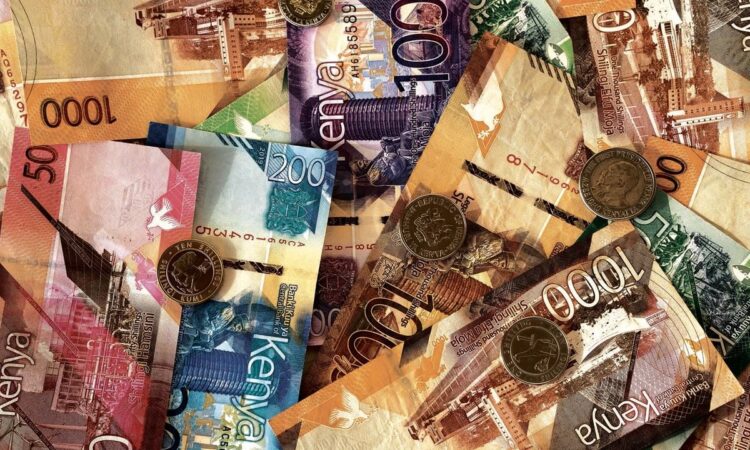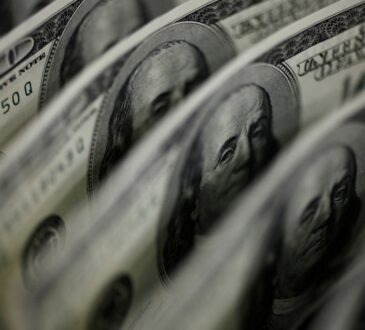
The shilling came under pressure against the US dollar towards the end of last week after pressure from protestors forced President William Ruto to dismiss the majority of his Cabinet home while Moody’s downgraded Kenya’s credit rating deeper into junk status.
On Friday, the Central Bank of Kenya (CBK) quoted the shilling at Sh129.25 to the dollar, compared to Sh128.50 at the beginning of the week.
The CBK’s indicative rate reflects the previous day’s average price, meaning that the Friday figures were for the transactions on Thursday.
A spot check on Friday showed that by midday, banks were trading the dollar at averages of between Sh129.00 and Sh129.75, with some indicating that the CBK had offered support through dollar sales.
The CBK’s forex position was last month bolstered by the proceeds of a $1.2 billion(Sh 154.75billion) World Bank loan, which helped raise the import cover back above the four-month level.
The shilling has largely traded in a limited range since the protests began in mid-June, supported by relatively balanced demand and supply for dollars in the market.
“There was some support from the regulator from Thursday, helping calm the market after a spike in demand for dollars by importers,” said a forex dealer.
On Thursday, the President sent home his entire Cabinet, except Deputy President Rigathi Gachagua, Prime Cabinet Secretary Musalia Mudavadi, and the Secretary to the Cabinet Mercy Wanjau.
The sackings came in the wake of pressure from young Kenyans who have been protesting against unpopular tax changes and extravagant displays by some public officials even as households face economic hardships.
The protests had earlier seen the government drop the controversial Finance Bill 2024, leaving the exchequer with a Sh346 billion revenue hole for the 2024/2025 fiscal year, which will be filled through additional borrowing and spending cuts.
On July 10, global rating agency Moody’s downgraded Kenya’s credit rating on account of the withdrawal of the Finance Bill, saying that the country will struggle to address the high cost and volume of public debt in light of the reduced revenue-raising capacity.
Moody’s cut the government’s local and foreign currency long-term issuer ratings and foreign currency senior unsecured debt ratings to Caa1 from B3, with the outlook remaining negative.
The downgrade implies that lenders are now likely to demand higher interest rates to lend to Kenya, with the Caa1 obligations defined as being of ‘poor standing and subject to very high credit risk’.
Earlier in the week, reports indicated that the International Monetary Fund (IMF) will likely delay its approval for fresh funding to Kenya under its medium-term programme whose seventh review was concluded last month.
Such a delay would push the government to more expensive commercial debt, risking higher external debt service costs down the road to the detriment of forex reserves.




